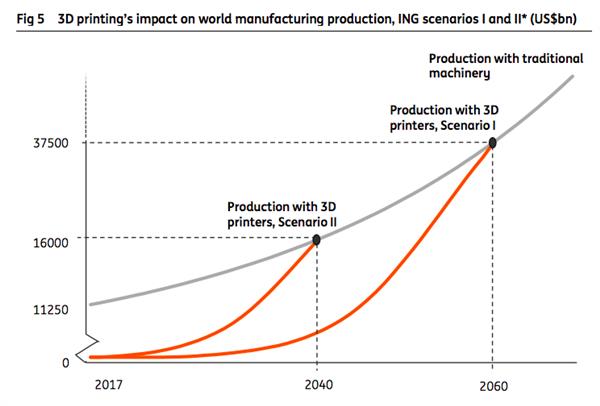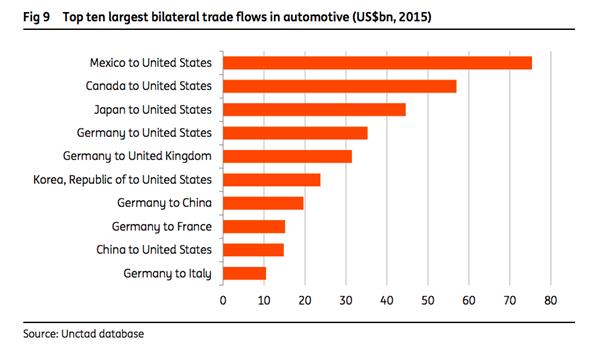In a report, Dutch bank and financial services company ING predicts a reduction in international trade, which would be due to the production of local 3D printed parts, thus removing the need for importing and exporting.

3D Printing: a threat to global trade or a sign of encouragement for the 3D printing industry?
Today, the technology is still at its very beginning and the impact on international trade is not yet significant. However, things will change, and are already increasingly changing since the mass market is gradually taking advantage of the viability of the 3D printing technology.
According to ING, if companies in automotive, industrial machinery and consumer products (which are top investors in 3D printers) continue to use localized 3D printing production methods, it would certainly reduce the need for international trade.
Nevertheless, as far as this “sign of encouragement” for the additive manufacturing market is concerned, the report says: “it is tricky to define the exact potential of 3D printing, but some experts expect a share of 50% in manufacturing over the next two decades. Tentative calculations show that, if the current growth of investment in 3D printers continues, 50% of manufactured goods will be printed in 2060 in scenario I, with this figure possibly being achieved as early as 2040 in scenario II in which investment doubles every five years.”. Therefore, according to scenario I, 3D Printing would “wipe out” one-quarter of world trade by 2060.

However, with regards to these scenarios, the report lays emphasis on the consequences for US trade balances.
Indeed, the direction of flows in the most important 3D printing industries will lower US trade deficits with Mexico and Germany (automotive), China (machines, consumer products), and all large contributors to the US trade deficit.

The report concludes that: “once 3D printing becomes widely applicable and economically viable for mass production it will boost ‘local for local’ production with 3D printers at the expense of imports. The first steps in the direction of high speed printing have been taken but it is uncertain when and to what extent high speed/mass production with 3D printers is possible in all industries.”
Further information about this report could be read here.
For further information about 3D Printing, follow us on our social networks and subscribe to our newsletter!
//pagead2.googlesyndication.com/pagead/js/adsbygoogle.js
(adsbygoogle = window.adsbygoogle || []).push({});
